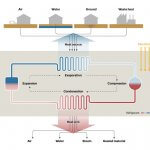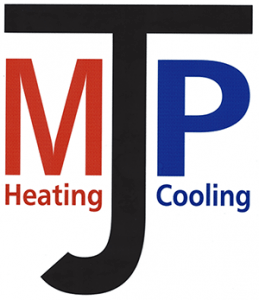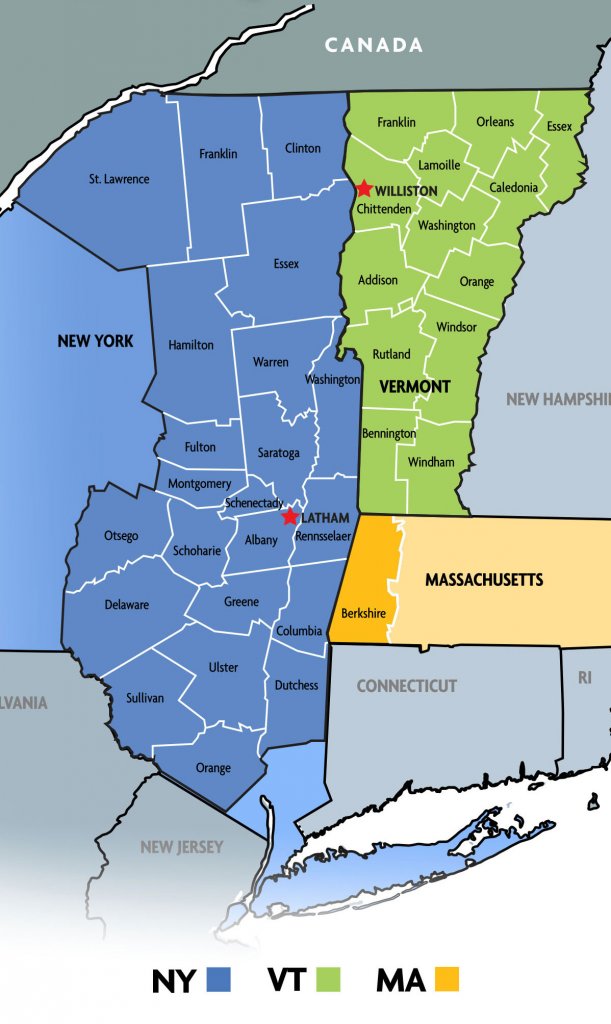How Do Heat Pumps Work?

Heat pumps may be oddly named as they can keep you warm in the winter and cool in the summer. But because heat pumps move heat instead of creating it, they can be three to four times more efficient than conventional heaters and cut a home’s carbon dioxide emissions by as much as 8 tons per year.
 A heat pump uses technology like that found in an air conditioner. The heat pump consists of a compressor, which moves a refrigerant through a refrigeration cycle, and a heat exchanger, which extracts heat from the source.
A heat pump uses technology like that found in an air conditioner. The heat pump consists of a compressor, which moves a refrigerant through a refrigeration cycle, and a heat exchanger, which extracts heat from the source.
When in heating mode, the outdoor unit absorbs heat from the outside air and the refrigerant inside it evaporates, turning into a gas. The gas is compressed to raise its temperature further and then circulated to the indoor unit where it releases the heat and condenses back into a liquid. The heat is then distributed throughout the house using a fan or hydronic system.
The process is reversed in cooling mode. The hot gas from inside is then circulated to the outdoor unit, where it releases the heat it contains and condenses back into a liquid. The heat dispelled into the outdoor air.
By transferring heat from one location to another, they are a highly efficient way to both heat and cool homes.
Can heat pumps stand up to to the weather in the Northeast?
Carrier Infinity cold-climate heat pumps have an impressive cooling operating range from -22° F to 122° F. And, on the other end of the spectrum, the Infinity heat pump’s high heating capability is exceptional, running 100% to -22° F to 86° F temperature range.
Overall, heat pumps are a highly efficient way to both heat and cool homes. Learn more by scheduling a free, in-home consultation with a trusted Carrier dealer.
Remember to visit our Facebook page for ongoing heating and cooling tips, promotions, and the latest in HVAC technology.



